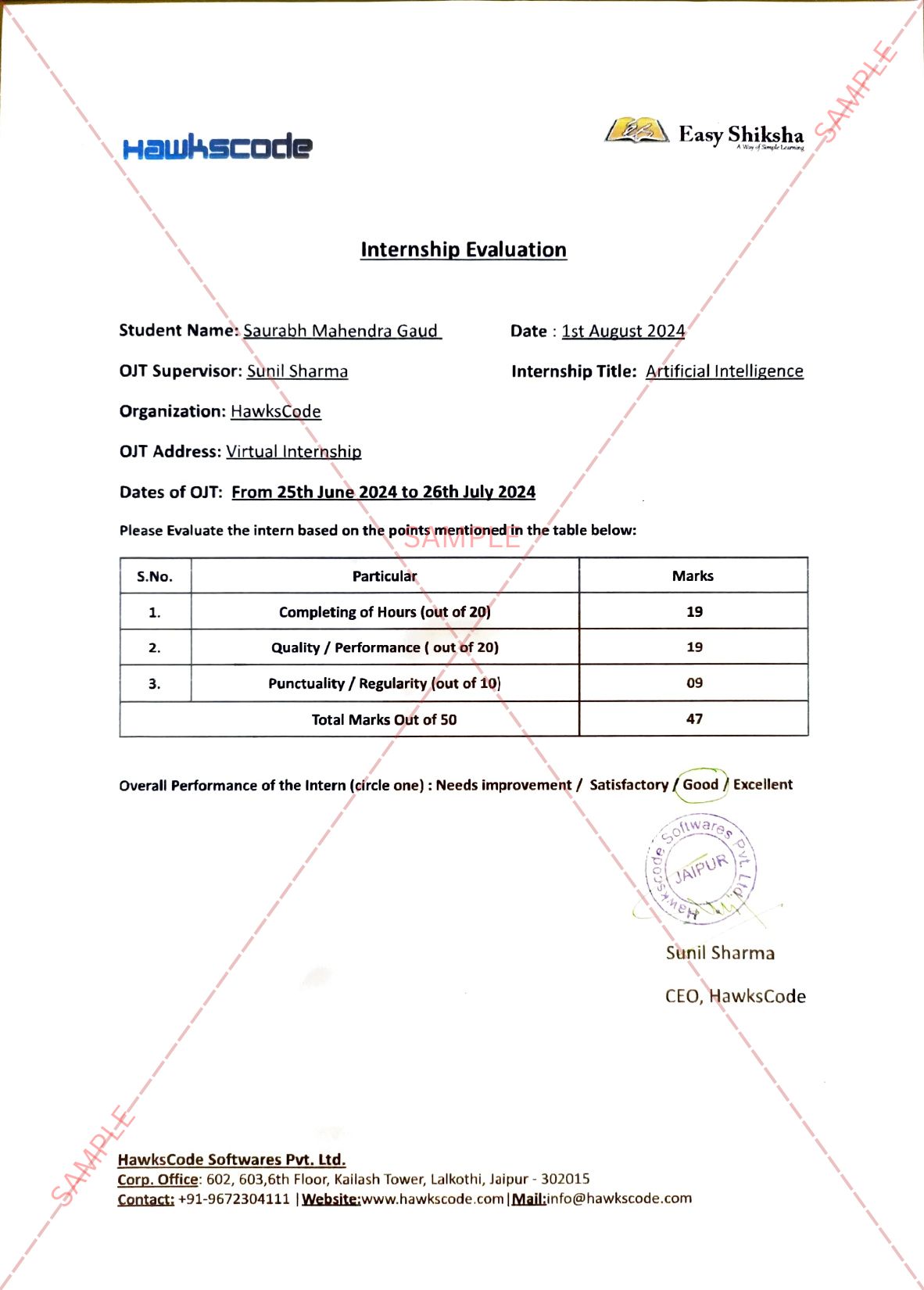Description
Being born is a big and scary adventure for babies. At first they don’t know you’re there to feed and care for them – they just know when they’re comfortable and safe or not. But they start communicating from birth, giving you little signals when they’re tired or hungry or awake and alert. They are constantly learning, and the job of parents is to show them that the world is a welcoming place where their needs are met.
Social and emotional development
Even shy and sleepy babies are interested in your voice and face. A large part of the brain is devoted to understanding and remembering faces, and a large part of our social behaviour is based on how we “read” other people’s faces. Looking someone in the eye is a necessity to “fall in love,” so show your face to your baby and talk to him reassuringly right from the start. Don’t feel rejected when they turn away; Little babies often get tired when they interact.
Newborns:
- Don’t understand what is happening to them or realize that they are a separate person
- I don’t know who feeds them or who helps them when they cry
- Crying when hungry or tired but not knowing they are being taken care of
- Cannot “cry for attention” or “get to the parents” – a newborn is incapable of consciously responding to you
- Can feel but not think
- Smile after five to seven weeks
- Laugh out loud after three months.
Bodily development
Common features are:
Many babies under three months cry a lot, especially in the late afternoon or evening. (‘Wobbly’ babies are not a good way to help calm them down and can be very frightening or even painful for the baby, even if they stop crying. It’s very important not to shake a baby.)
Your baby is bombarded by external stimuli (shapes, sounds, colours) and can easily feel overwhelmed.
Speech and language
The new-borns’ only mode of expression is wailing. In order for your baby to realise that you will be there for them, it is crucial to reply to them as quickly as you can. Speech characteristics include:
They find their voice at seven to eight weeks and start to coo and make vowel sounds.
Even at around eight weeks old, they will listen to what you say and then “speak” to you by making noises in response.
Hearing and seeing
Newborns are able to hear and have been hearing sounds since long before birth. Because their eye muscles are still developing, newborns can see (especially up close), but they are unable to organise the images they perceive into meaningful shapes.
Development characteristics include:
- For the first two months, they are attracted to bright lights, primary colors, stripes, dots, and patterns.
- The eyes usually move in unison after six weeks.
- The human face is the first “object” they recognize.
- In the first three months, they begin to recognize certain faces and other things (like their teddy bear) in their world.
With their bodies
Infants in the first eight weeks have no control over their movements and all of their physical activity is involuntary or reflex. They move their body while awake, but they don’t yet know how to move every part of their body, or even that all parts belong to them.
Development characteristics include:
- Sucking, grasping, startling, and standing up are all reflexes.
- At about eight weeks, they begin training how to lift their head when lying on their stomach and kick their legs.
- By their third month, they will begin to observe their hands and feet swinging in the air and will also begin waving that fist towards your face or any other desired object.
You might also like
Parenting Updates: Subscribe Now!

ALL UPDATES
Go from pregnancy to adolescents with our email bulletins, loaded with reasonable, modern data about bringing up youngsters and taking care of yourself as a parent.
SUBSCRIBE NOW
MOVIE REVIEWS
Find the best motion pictures for your family with our youngster amicable surveys. Search new deliveries and more seasoned motion pictures by age, rating and type.
SUBSCRIBE NOW
MENTAL HEALTH RESOURCES
Is it safe to say that you are an expert working with families? Get data about kid, adolescent and parent psychological well-being and prosperity.
SUBSCRIBE NOW











































